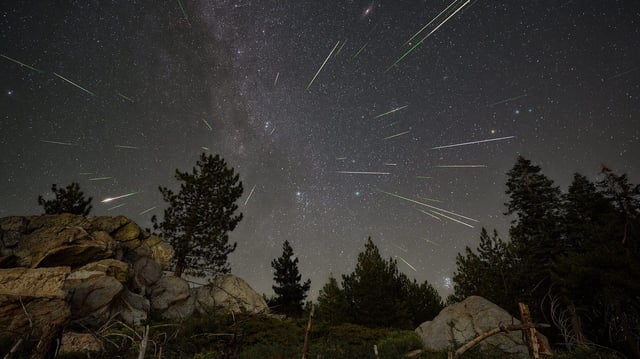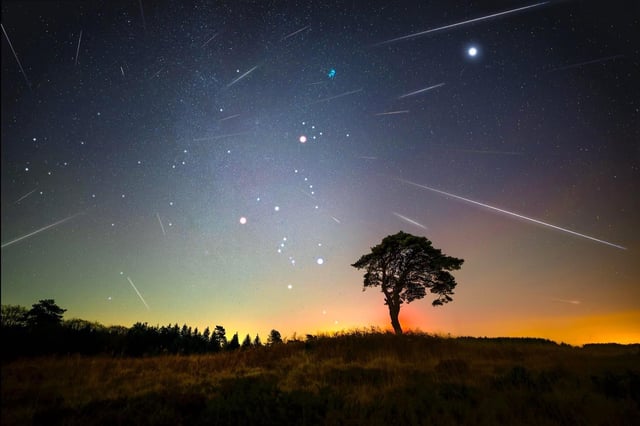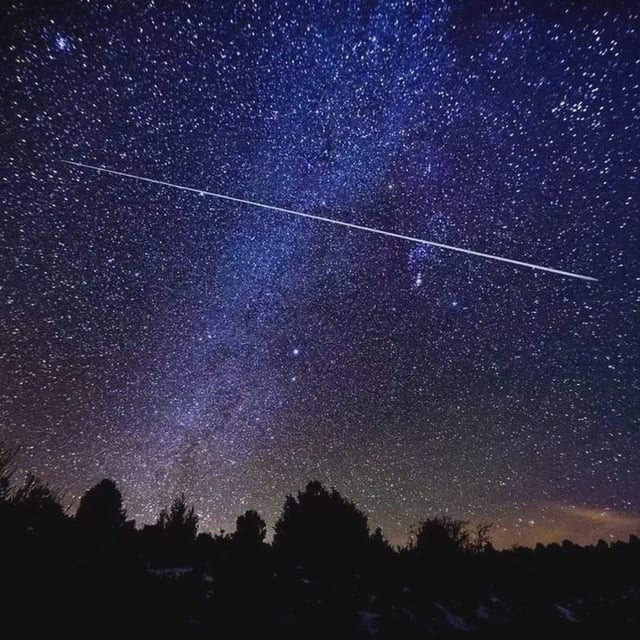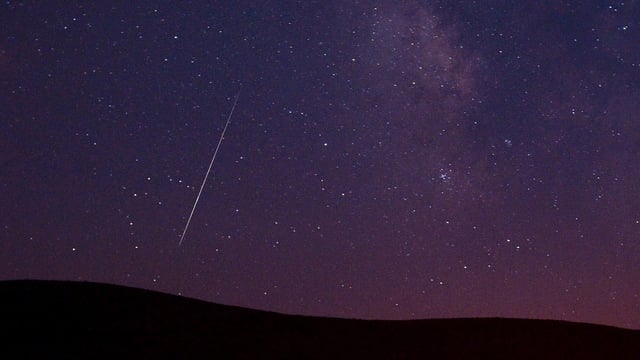Overview
- The Perseid meteor shower became active on July 17 and will run through August 23, with meteors visible in late evening and pre-dawn hours.
- Earth’s passage through debris from Comet 109P/Swift–Tuttle produces swift meteors and occasional fireballs that leave glowing trains.
- Observers should target the dark-sky window around the July 24 new moon for the clearest views of fainter meteors.
- The shower’s formal peak on the night of August 12–13 will coincide with a waning gibbous Sturgeon Moon, reducing visible streaks by about 75 percent.
- Experts recommend lying back between midnight and dawn, facing away from the moon and allowing at least 20–30 minutes for eyes to adjust.



